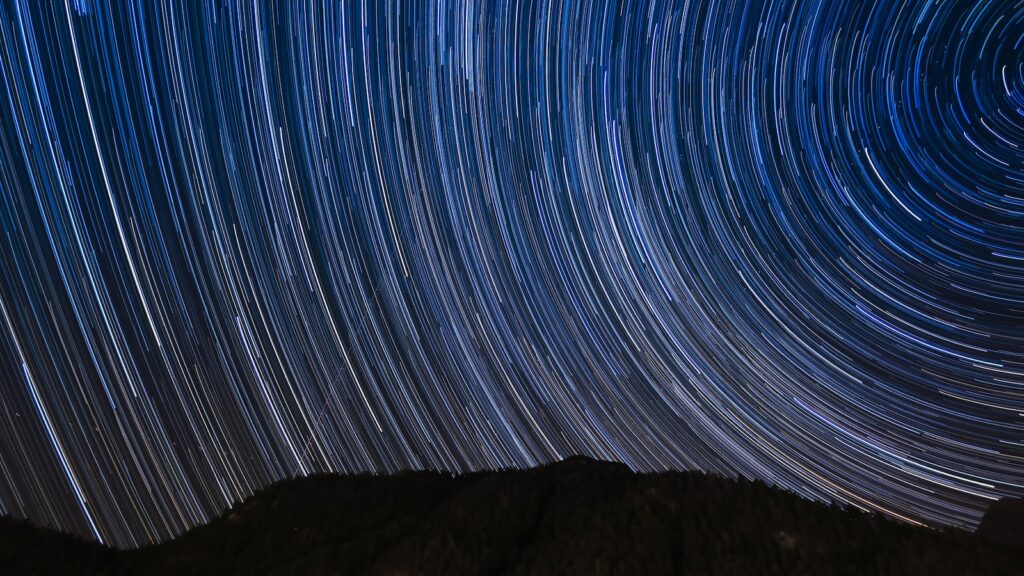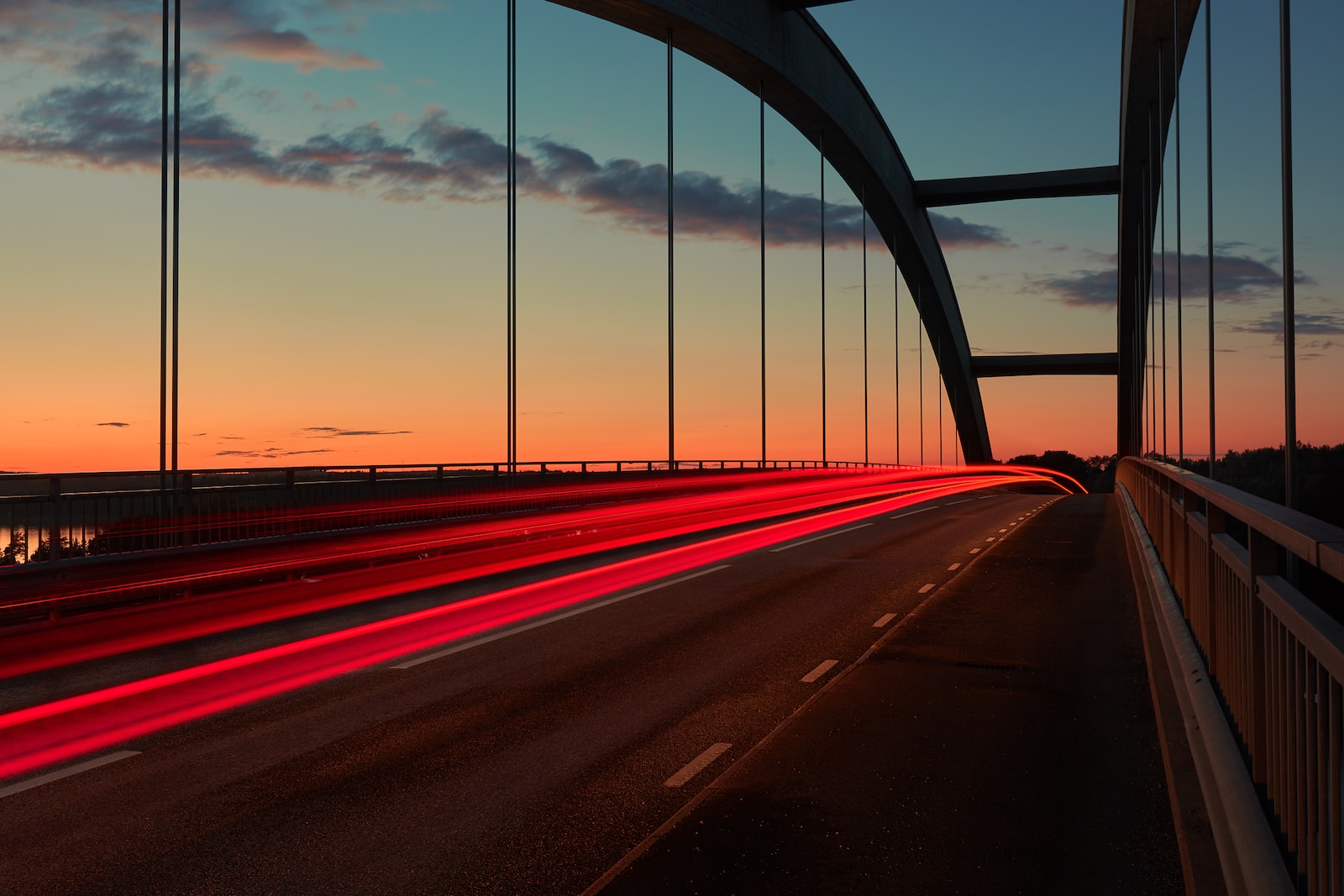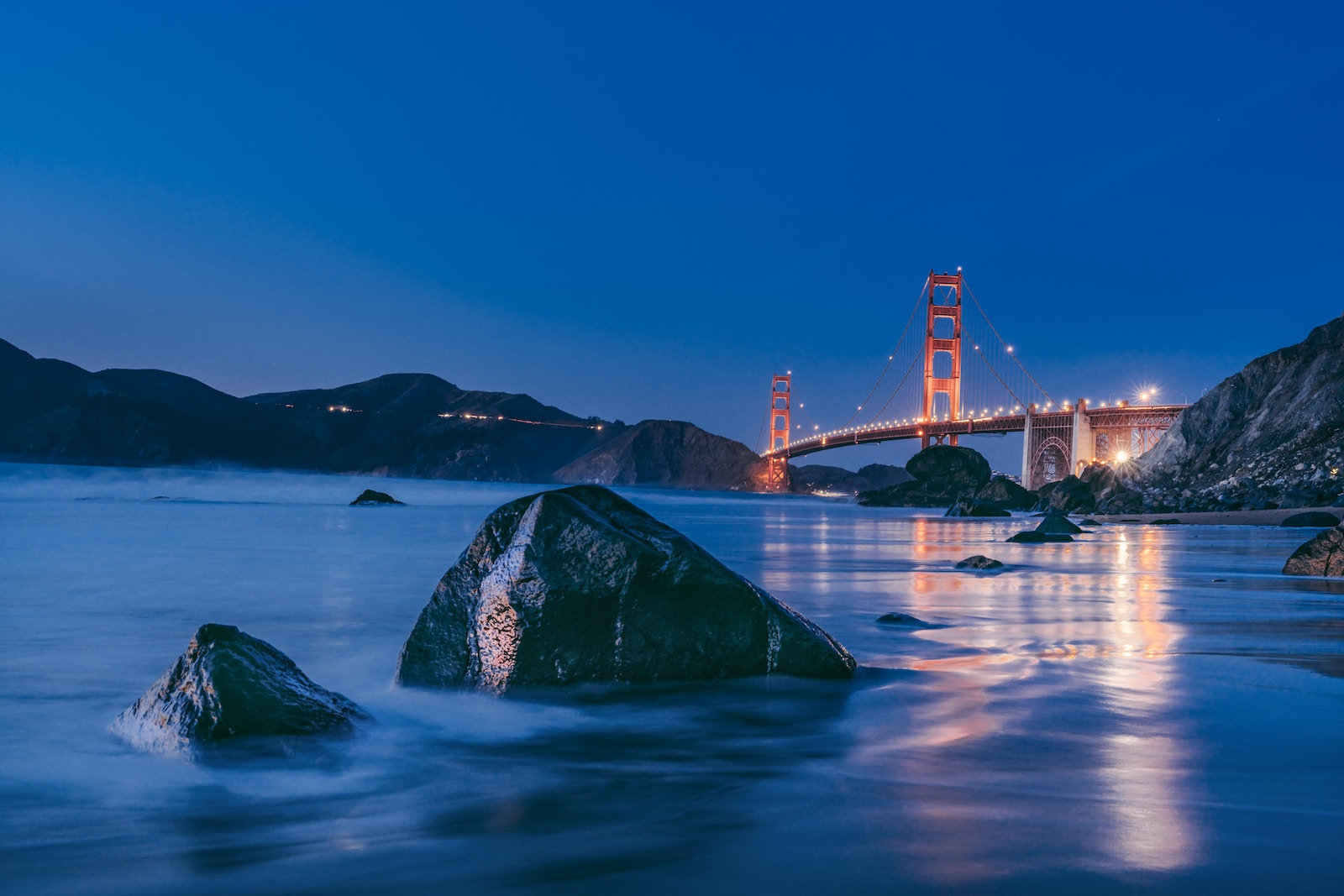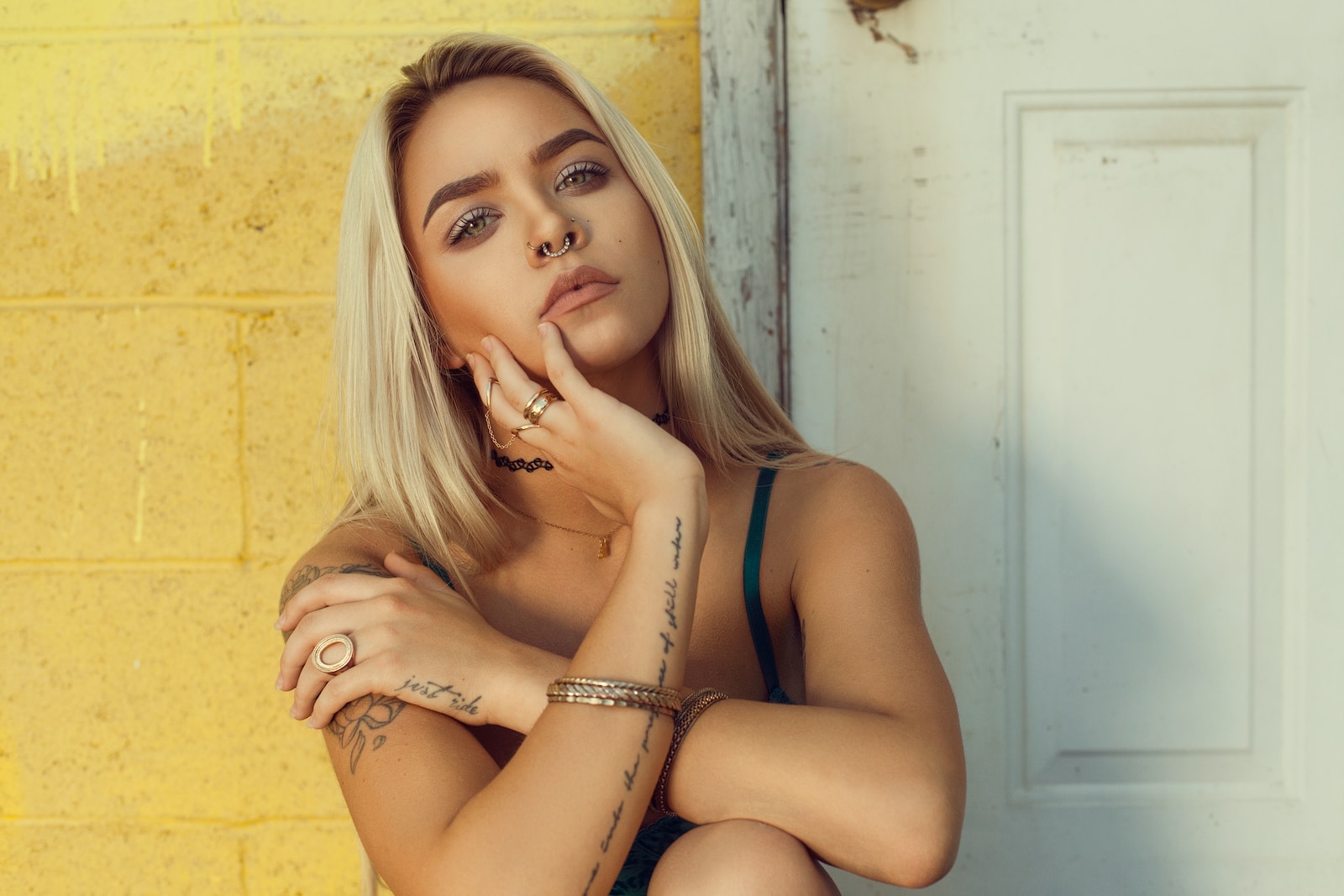Welcome to an enchanting world where time stands still and the night comes alive. In the still of the night, an incredible magic unfolds as long exposure photography captures the essence of darkness with breathtaking beauty. In this guide, we will delve into the captivating art of long exposure photography, revealing the secrets behind creating mesmerizing night-time images that will leave you in awe. Get ready to unlock the potential of your camera and embark on a journey into the night, where every click unveils a world of endless possibilities.
Table of Contents
Exploring the Intriguing World of Night-time Photography
The night has a mystical quality that entices photographers to capture its beauty and mystery. With the right techniques and equipment, you can transform the darkness into stunning images that evoke a sense of wonder. One technique that shines a light on the enchantment of the night is long exposure photography.
Unleashing the Magic of Long Exposure Photography
Long exposure photography involves using a slow shutter speed to capture the movement of light over an extended period. This technique can produce breathtaking results, especially when capturing scenes in the stillness of the night.
Why does long exposure work so well for night photography? The extended exposure time allows the camera’s sensor to absorb more light, resulting in brighter images. Additionally, it enables the camera to capture the movement of objects, such as stars, the moon, or passing cars, creating mesmerizing light trails or streaks.
One of the key elements in successful long exposure photography is finding a captivating subject. The night sky itself offers limitless possibilities, as it is adorned with stars, the moon, and even celestial phenomena like the Northern Lights. Cityscapes also make for fantastic subjects with their illuminated skylines and bustling streets.
Capturing Night-time Landscapes
When venturing into the realm of long exposure night-time photography, landscapes provide a wealth of opportunities. Here are a few tips to make your images stand out:
- Scout for ideal locations: Look for places that have interesting elements such as prominent buildings, bridges, or waterfronts. These features can serve as strong focal points within your composition.
- Plan before you shoot: Consider the moon phase and its position in the sky to help determine the level of illumination you want in your image. Using apps or online tools can assist you in determining the moon’s location and the best times for shooting.
- Experiment with different shutter speeds: Start with exposures around 15-30 seconds and adjust accordingly. Longer exposures will create more pronounced light trails, while shorter ones may help retain more detail in the shadows.
- Utilize a sturdy tripod: To ensure maximum sharpness, a stable base is crucial for long exposure photography. Invest in a high-quality tripod that can withstand any wind or movement during the extended exposure.
- Consider light painting: Adding additional light sources during your long exposure can add a touch of creativity to your images. Experiment with different light painting techniques to highlight specific areas of your scene.
By incorporating these techniques into your long exposure night-time photography, you’ll unlock a world of breathtaking and dramatic images. Remember, practice makes perfect, so don’t be afraid to experiment and push the boundaries of your creativity.
To further enhance your long exposure photography skills, understanding the essential camera settings and equipment is pivotal. Stay tuned for our next blog post, where we’ll delve into the technical aspects and gear needed to excel in capturing the still of the night.
Did you know that long exposure photography allows you to capture the passage of time in a single image, resulting in stunning light trails and mystical nightscapes? With the right techniques and equipment, you can unlock a whole new world of creativity and bring out the beauty of the night sky.
Night-time Long Exposure Photography
Night-time long exposure photography is a fascinating technique that allows photographers to capture stunning and dramatic images during the stillness of the night. By using longer exposure times, photographers can capture the movement of light and create beautiful light trails, starry skies, and other ethereal effects. In this guide, we will explore the art of long exposure photography for night-time scenes and discover the best equipment to unleash your creativity.
The Camera: Unveiling the Night’s Secrets
To embark on your long exposure photography journey, you need a camera that offers manual control settings. This will allow you to adjust and experiment with exposure times, aperture, and ISO settings. Full-frame DSLR cameras and mirrorless cameras are popular choices among photographers for their exceptional low-light performance and control over settings. They provide the flexibility needed to capture the subtle nuances of night scenes.
On the other hand, if you’re just starting or prefer a more compact option, advanced point-and-shoot cameras can also deliver impressive results. These cameras often offer manual controls as well and are a great choice for travel or when you want to have a lighter gear setup.
The Lenses: Painting with Light
When it comes to lenses for night-time long exposure photography, there are a few options to consider. Wide-angle lenses are particularly useful for capturing expansive night landscapes or cityscapes, allowing you to include more of the scene and create a sense of depth. These lenses also offer a larger field of view, which is great for capturing starry skies or light trails against a vast expanse.
Another option worth exploring is the use of prime lenses with wide apertures. These lenses, such as a 50mm f/1.8, excel in low-light conditions, allowing for faster shutter speeds and sharper images. They are perfect for isolating subjects or capturing the details of an urban night scene.
Additionally, telephoto lenses can offer a unique perspective, enabling you to zoom in on specific details like the moon, distant buildings, or even astrophotography. They allow you to capture the finer details and add a touch of magnificence to your long exposure images.
Apart from the camera and lenses, there are a few other essential pieces of equipment to consider for night-time long exposure photography. A sturdy tripod is a must-have to keep your camera steady during long exposure shots. A remote shutter release or cable release also comes in handy to minimize any potential camera shake. Lastly, it’s crucial to have a good flashlight to assist with setting up your gear and for light painting techniques.
Remember, the best equipment ultimately depends on your preferences and the type of night-time long exposure images you want to create. Experimenting with various options will help you find the perfect combination that suits your style and vision.
Now that we have explored the fundamentals of night-time long exposure photography equipment, it’s time to delve into the art of capturing the magic of the night with the right camera settings and techniques. Stay tuned for the next section of this guide, where we will uncover the secrets of optimal exposure settings and composition tips to elevate your night-time photography skills.

Stunning Night-Time Images: Timing is Everything
When it comes to long exposure photography, timing is crucial. The best time of year to capture breathtaking night-time images largely depends on the location and the specific effect you want to achieve. In general, clear nights with minimal light pollution are ideal for capturing the mesmerizing beauty of the night sky.
During the summer months, when the nights are shorter and the sky may still retain a hint of light, you can experiment with capturing the transition from day to night. This can result in stunning images with a mix of warm sunset hues blending into the cool nighttime tones.
On the other hand, winter nights offer longer periods of darkness, which allow you to fully immerse yourself in the magical world of night photography. The crisp air and lack of leaves on trees can provide more unobstructed views, giving you the chance to photograph the stars or experiment with light trails from passing vehicles.
Finding the Perfect Vantage Points
To capture truly impressive long exposure night shots, finding the right vantage point is essential. Here are a few options to consider:
- Elevated Locations: Seek out rooftops, hills, or mountains that provide a panoramic view of the city or landscape. These elevated positions not only offer unique perspectives but also allow you to capture the city lights twinkling in the distance or the serene beauty of a star-filled sky.
- Iconic Landmarks: Incorporating famous landmarks into your long exposure photography adds an extra layer of interest and draws viewers into the scene. Consider positioning yourself near bridges, monuments, or famous architecture that will serve as compelling focal points in your images.
- Bodies of Water: Lakes, rivers, or even the ocean can provide captivating reflections of light, adding depth and intrigue to your night-time photos. Explore the shorelines or find a boat to serve as a platform for your long exposure shots, creating stunning reflections and mesmerizing water effects.
- Urban Landscapes: Cities offer endless opportunities for creative night photography. Wander through streets lined with flickering neon signs, bustling crowds, or playfully illuminated buildings to capture the vibrant energy of urban life. Experiment with long exposures to blur the movement of people or vehicles, adding a touch of dynamism to your photographs.
Remember, the key to capturing the best long exposure night-time images is to experiment with different vantage points and find a unique perspective that tells a compelling story. By taking advantage of the available options, you’ll be able to create images that stand out and leave viewers mesmerized.
One helpful tip for long exposure night photography is to use a sturdy tripod to ensure a sharp image. It's important to keep the camera steady during long exposure shots to avoid blur. Additionally, using a remote shutter release or the camera's self-timer function can further minimize camera shake.
Understanding Long Exposure
Long exposure is a photographic technique that involves using a slow shutter speed to capture more light over a longer period. This allows for unique effects, such as capturing light trails, starry skies, and smooth water movements.
When photographing at night, a longer exposure time is often necessary to compensate for the low light. This technique requires a sturdy tripod to keep the camera steady during the extended exposure.
Recommended Equipment
To get started with long exposure photography at night, you’ll need:
- A camera capable of manual mode and long exposures
- A sturdy tripod to keep your camera stable
- A remote shutter release or intervalometer to minimize camera shake
- Wide-angle lenses to capture more of the scene
- A flashlight or headlamp for adjusting your camera settings in the dark
Mastering Long Exposure Techniques
To capture stunning long exposure photos at night, follow these steps:
- Choose a captivating subject, such as cityscapes, starry skies, or flowing water.
- Select an appropriate location and time for shooting the desired scene.
- Set up your camera on a sturdy tripod and compose your shot.
- Switch to manual mode and adjust your camera settings:
- Set a low ISO to minimize noise.
- Select a small aperture (large f-number) to increase depth of field.
- Adjust the shutter speed for the desired effect. Experiment with longer exposures for unique results.
- Use a remote shutter release or built-in timer to avoid touching the camera during the exposure.
- Fine-tune your composition and focus using the flashlight or headlamp.
- Capture the image by pressing the shutter release and hold still until the exposure is complete.
- Review the image and make any necessary adjustments.
Frequently Asked Questions
Q: What are the best settings for long exposure photography at night?
A: The ideal settings for long exposure photography at night may vary depending on the specific scene and desired effect. However, it’s generally recommended to use a low ISO (e.g. ISO 100 or 200) to minimize noise, a small aperture (e.g. f/8 or higher) for increased depth of field, and a longer shutter speed (e.g. several seconds or more) to capture enough light.
Q: How can I avoid camera shake during long exposures?
A: Camera shake can be minimized by using a sturdy tripod and a remote shutter release or intervalometer. Additionally, enabling the camera’s mirror lock-up function (if available) can further reduce vibrations. Avoid touching or bumping the camera during the exposure.
Q: What subjects work best for long exposure photography at night?
A: Long exposure photography at night is well-suited for subjects such as cityscapes with light trails, starry skies with star trails, flowing water with smooth motion, and fireworks displays. Experiment with different subjects to unleash your creativity.
Q: How can I achieve the silky smooth effect on water in my long exposure shots?
A: To achieve the smooth effect on water, use a slow shutter speed (several seconds or more) combined with a neutral density (ND) filter, if necessary. Select a location with flowing water and experiment with different exposure times to achieve the desired effect.
Wrap Up
In conclusion, long exposure photography is a powerful technique that can add a touch of magic to your night-time images. By allowing your camera’s shutter to remain open for an extended period, you can capture the stillness and beauty of the night in a way that is not possible with traditional photography. Remember to use a tripod and experiment with different exposure times to achieve the desired effect.
We hope this guide has shed some light on the world of long exposure photography. Now it’s your turn to grab your camera and venture into the night. Don’t be afraid to try new things and push the boundaries of your creativity.
Share your thoughts and experiences with long exposure photography in the comments below. We would love to hear from you and see the stunning images you capture. So, get out there, embrace the stillness of the night, and let your creativity shine!


